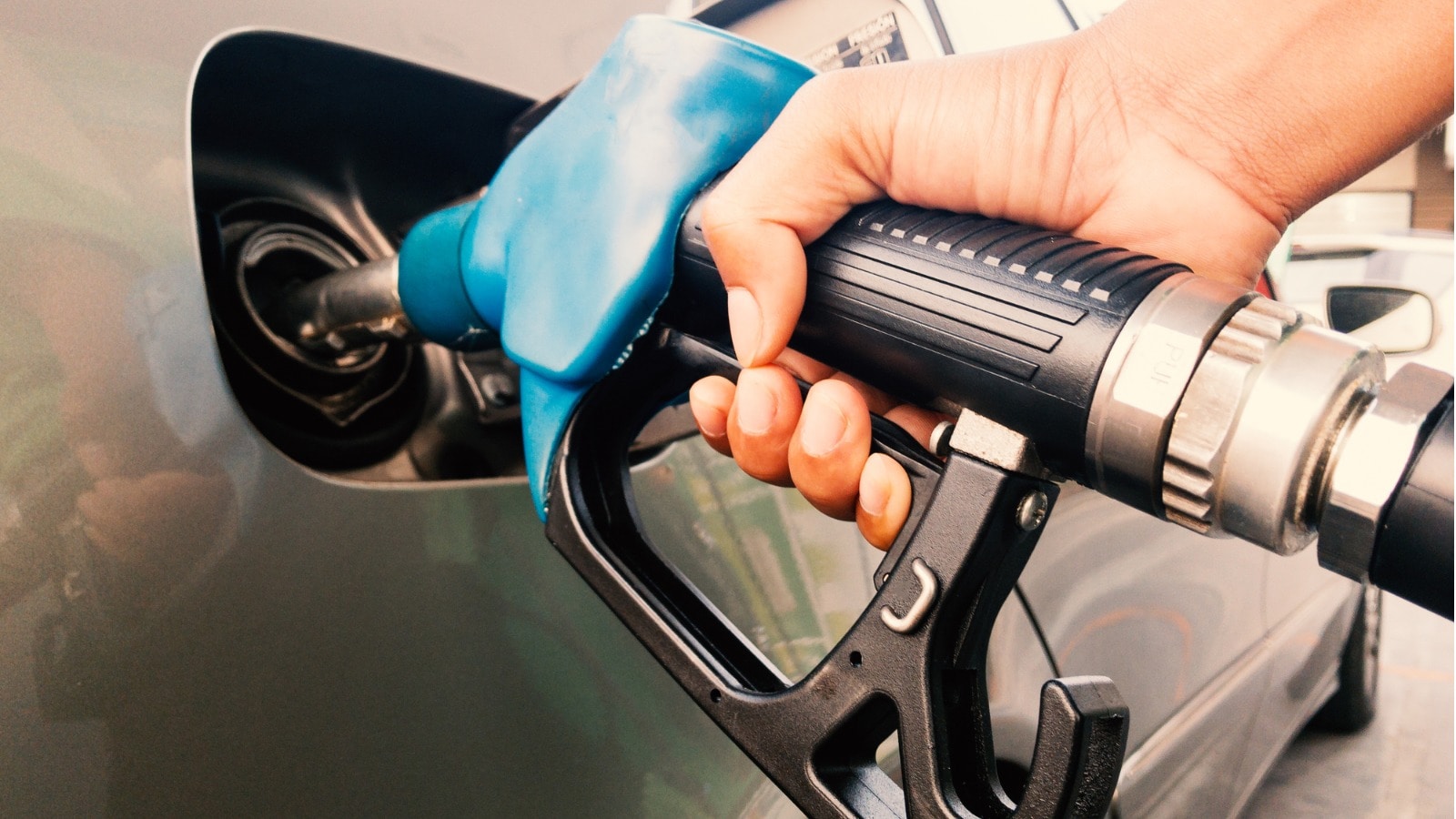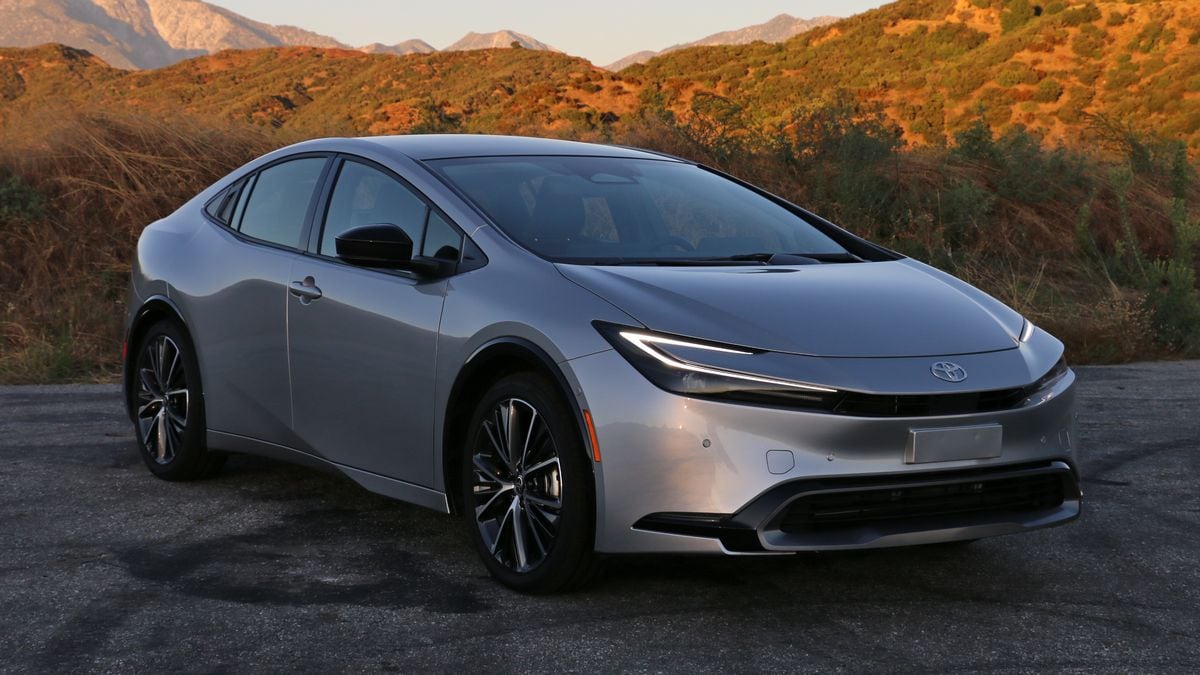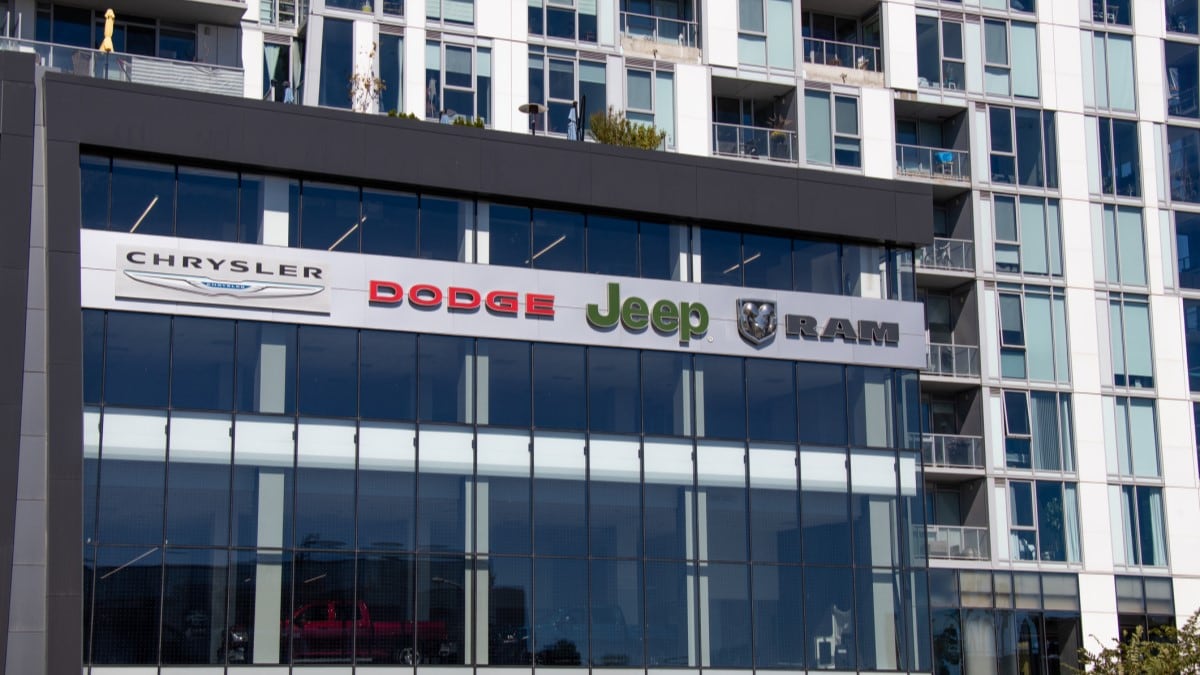Many factors make gasoline prices fluctuate slightly almost daily, but when the cost spikes, drivers take notice and look for ways to improve fuel efficiency in their cars. According to AAA, today’s nationwide average cost for regular unleaded is $3.64 per gallon. That’s about 60 cents more than the average price at the beginning of the year, or an extra $9 when filling up a 15-gallon tank.
Assuming you don’t drive an electric car yet and there’s gas still in your tank that you need to stretch the distance, check out these steps you can take to make your car as fuel-efficient as possible.
Find the Most Fuel-Efficient Cars in Every Class
Tips To Save Gas in Your Car Right Now
1. Combine Trips, Walk, Bike, and Stay Home
Savings: Off the charts
Most of our fuel economy is behavior. We’re used to living with an uninterrupted supply of gasoline, so going to the grocery store in the morning, picking up a prescription at lunch, and hitting the gym after work doesn’t use up something we’re trying to conserve. Today, it does. Combine trips.
Walk or bike to what you can and eliminate commuting miles by working from home if your job allows it.
2. Fix the Item from the Check Engine Light
Savings: Up to 40%
Some relatively cheap-to-fix engine problems can rob your car of much of its efficiency. A bad oxygen sensor cuts an engine’s fuel economy by 40% and can be replaced in less than an hour. That’ll cost you about $350. A bad ignition coil makes your engine use 20% more fuel and costs about $250 with labor.
3. Inflate Your Tires
Savings: 25%
According to Department of Transportation estimates, the average driver could boost their fuel economy by a quarter just by keeping tires inflated to the recommended air pressure. Because of temperature changes, many of us drive on partially inflated tires most of the time, especially during colder months. You’ll find the proper tire pressure on a placard on the driver’s side door. Since we’re talking about saving money, it’s also worth mentioning that you can probably skip filling tires with nitrogen.
4. Drive 60 mph On the Highway
Savings: 21%
Most engines are tuned to reach optimal gas mileage at around 60 mph. Every 5 mph that you drive over 60 mph uses up to 7% more gas. Speeding up increases the wind resistance pushing against the car, making the engine burn more gas to keep up to speed. Engines also settle into a groove and burn less gas to keep a constant speed, so minimize that subconscious thing you do where you speed up to catch up to the car in front of you and slow down to match their speed.
Use the car’s cruise control to help maintain steady speed and optimize efficiency.
5. Older Car? Change Your Air Filter
Savings: 10%
Gas is half of the combustion mixture. Air is the other half. A clogged air filter can make an older engine about 10% less efficient. Most air filters cost about $30 at an auto parts store, and it’s probably within your own skillset to replace it. If you want a pro to do it just to be safe, they can do it in minutes, keeping your total costs usually below $70. But this tip applies mostly to engines 15 years old or older. Newer engines automatically compensate for restricted airflow and don’t benefit nearly as much.
6. Coast More
Savings: 5%
Hypermilers are hobbyists who track the fuel economy of their cars and drive to get as much as possible out of each gallon. We’ve talked to many of them over the years, and consistently, the number one tip they give us isn’t about covering your wheels to boost aerodynamics or some other mechanical tweak.
It’s about your foot. Don’t keep your foot on the gas to reach a red light, they advise. Coast to it. You’re not going to get where you’re going any faster by stopping at a light faster. This easy trick gets most drivers 5% more distance out of their fuel.
7. Get a Tune-up
Savings: 4%
Even an engine functioning well has often slipped slightly out of proper timing. AAA estimates say that a simple tune-up makes an engine 4% more efficient, on average. And that’s an average. If you haven’t had a professional look over your engine in a long time, you’ll probably save more with a few tweaks. Savvy car owners know that the expense of keeping up with routine maintenance keeps the vehicle running well. It also maximizes the car’s value when trading at a dealership, selling to a private buyer, or seeking an Instant Cash Offer.
8. Take off the Roof Rack
Savings: 3% or more
An empty roof rack makes the average car about 3% less fuel-efficient. This one, of course, varies based on the efficiency of your car and the shape of your roof rack. At highway speed, half an engine’s power goes to overcoming wind resistance. Factory-installed roof rails cause little wind resistance.
Big aftermarket kayak haulers with lots of moving parts cause a lot. But regardless of which kind your car has, it’s generally carrying nothing, right? Take it down. You can always put it back up when needed.
9. Empty the Trunk
Savings: 2% or more
This one varies based on the payload capacity of what you’re driving. But, for the average car, 100 extra pounds of weight can mean up to 2% lower fuel economy. So, what weight can you take out of your car?
At the low end, you’ve probably got old stuff in the trunk you never think about. At the high end of that equation, most seats are removable. That may sound extreme, but if you’re generally commuting alone in your car, putting the back seats in storage for a week might get you the mileage you need.
MORE: Types of Gasoline Explained: Learn the Differences
10. Use Regenerative Brakes Properly (If Equipped)
Savings: It varies
If you drive a hybrid or plug-in hybrid, you can save money on gas. Recaptured energy from regenerative braking can add significant miles to your driving range over time when used regularly. These regenerative systems capture kinetic energy from braking and transfer it into the car’s batteries.
11. Turn on Auto Start-Stop (If Equipped)
Savings: It varies
If your vehicle comes with an automatic start-stop function, turn it on. When you drive to a stop light or if stuck in traffic, your vehicle will automatically sense the idling and turn off its engine until you press the gas again. It varies how much you can save, but carmakers say you can increase your fuel economy when you leave this feature on.
Things That Probably Won’t Help Your Fuel Economy
During those times when Americans are worried and lining up at gas stations, a lot of bad information circulates about how to boost your fuel economy. Some do no harm, but others are probably a waste of your time and effort.
1. Don’t Bother With Fuel Additives
There is probably a rack of brightly colored vials near the register at your local auto parts store that promise to boost your fuel economy if you add them to your fuel tank. They’re generally a waste of money.
The labels tell you they’ll clean out the lines (a good idea), clean the fuel injectors (another good idea), and so on.
So, what’s the problem? Modern gasoline already contains ingredients that help clean your engine. Most things that can’t be scrubbed out of a fuel line by already-caustic gasoline full of detergents aren’t going to be scrubbed out by a little more detergent.
2. Don’t Switch to Premium Fuel
Gas stations call it “premium” or “ultra,” so it’s better gas, right? No. Not at all.
It’s just high octane gas is rated to detonate at higher compression. Oversimplifying things, internal combustion engines spray a fuel and air mixture into chambers, squish it down with plungers called pistons, and ignite it. The force of the pistons being kicked back up turns a rod that turns everything else, including the tires. The octane rating is the pressure at which that fuel and air mixture is designed to ignite.
Engines built a generation or two ago might not work at all with the wrong fuel. Engines built today can compensate, figure out they’ve got the wrong stuff, and adjust. But putting the wrong stuff in isn’t any more efficient. Just more expensive. Use the octane your owner’s manual says to use.
3. Don’t Turn Off the A/C
In your grandmother’s car, turning off the air conditioning really did boost fuel economy. But modern car air conditioners are so efficient that they are only a tiny drag on an engine’s performance. Stay comfortable while driving, especially during the summer travel season.






